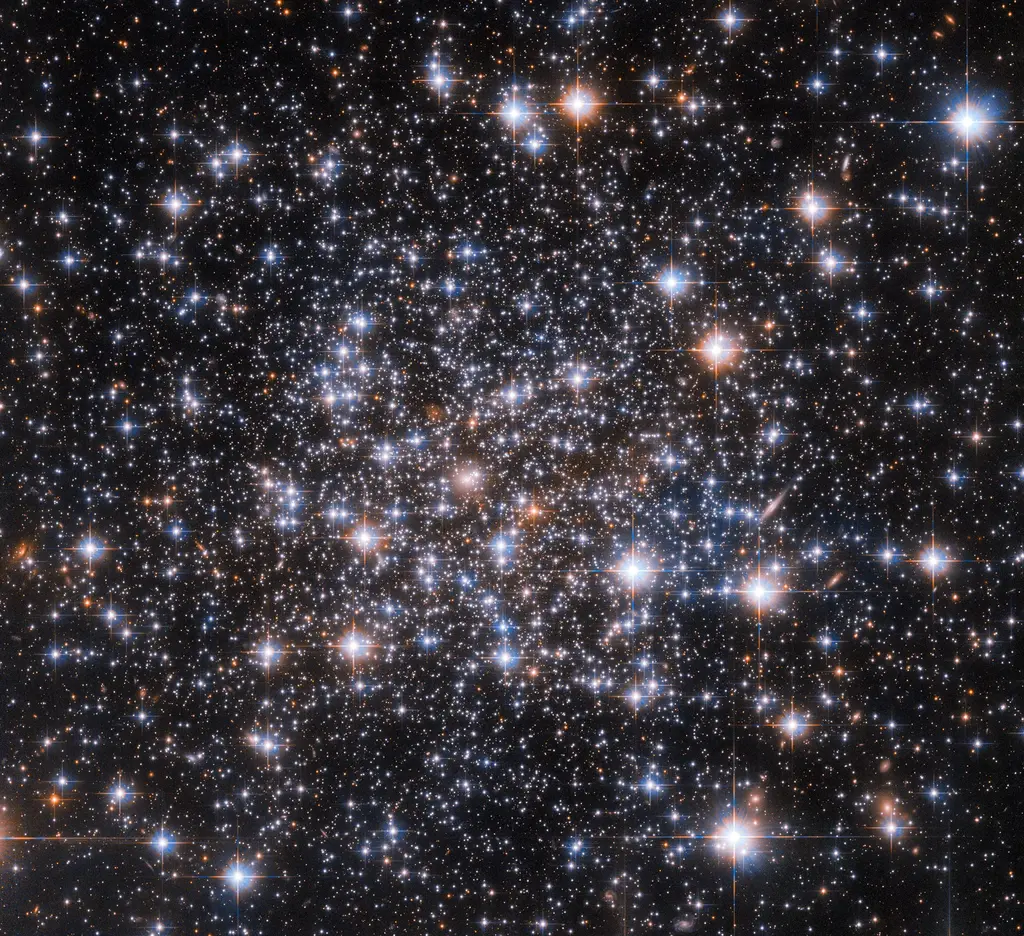Like Sherlock Holmes' giant magnifying glass, the Hubble Space Telescope, a joint venture between NASA and ESA, is being used to discover the astronomical mystery of the globular cluster Ruprecht 106**

Globular clusters are stable star clusters composed of tens of thousands to millions of stars. They are usually much larger than open clusters and are bound by tight gravity. Although most of the constituent stars of globular clusters are formed at about the same place and time, it has been proved that almost all globular clusters contain some star groups with different chemical compositions.
These unique chemical fingerprints are left by groups of stars with slightly different ages or compositions from the rest of the globular cluster. Only a few globular clusters do not have these multiple star clusters, and Ruprecht 106 is one of the mysterious groups.
Hubble used one of its most versatile instruments, the advanced observation camera (ACS), to take this brilliant picture of the stars. Like the stars in globular clusters, Hubble instruments have different generations. ACS is the third generation instrument. During the servicing mission 3B mission in 2002, the fancy object camera of Hubble Space Telescope was replaced by advanced camera for surveys (ACS).
ACS provides a wavelength monitoring range from ultraviolet to visible to near-infrared. Its wide field of vision is almost twice that of the former Hubble camera WFPC2 it replaced. It provides magnificent image quality and high sensitivity, and increases Hubble's new discovery potential tenfold.
Among its many achievements, ACS has helped map the distribution of dark matter, detected the most distant objects in the universe, searched for massive exoplanets, and studied the evolution of galaxy clusters.